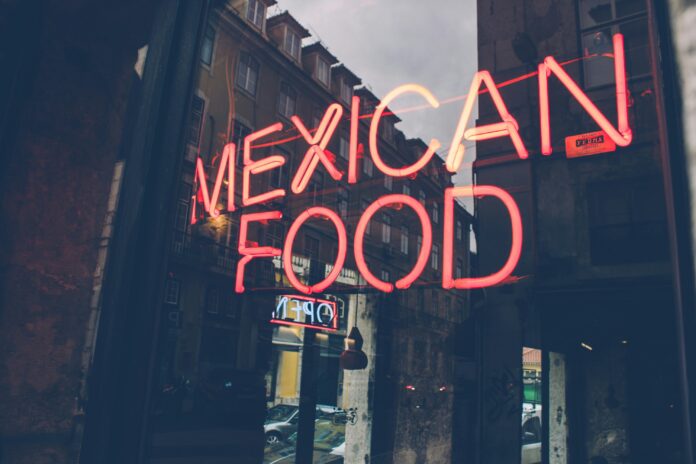Tex-Mex, short for Texan-Mexican, originated along the Texas-Mexico border, where Mexican immigrants adapted their traditional recipes using locally available ingredients and American influences. The result is a unique culinary style featuring dishes like chili con carne, nachos, fajitas, and the famous cheesy enchiladas that differ significantly from authentic Mexican cuisine.
Immigration’s Role in Shaping Tex-Mex
Immigration has been central to Tex-Mex’s development. As Mexican immigrants settled in Texas and other parts of the U.S., they brought rich culinary traditions. However, the need to accommodate American tastes and ingredient availability led to adaptations that eventually created a new hybrid cuisine. This fusion tells a story of cultural exchange and survival.
Cultural Significance and Identity
Tex-Mex cuisine represents more than food; it’s a cultural identity marker for Mexican-American communities. It reflects resilience, creativity, and the blending of two worlds. Restaurants serving Tex-Mex have often served as communal spaces where immigrants and their descendants preserve their heritage while integrating into broader American society.
Popular Tex-Mex Dishes
- Chili con carne: A spicy stew with ground beef, chili peppers, and beans.
- Fajitas: Grilled meat served with tortillas and accompaniments like guacamole and salsa.
- Nachos: Tortilla chips topped with melted cheese, jalapeños, and other toppings.
- Quesadillas and Enchiladas: Tortillas filled with cheese or meat, often covered in chili sauce.
Contemporary Tex-Mex and Global Influence
Today, Tex-Mex continues to evolve with influences from other cuisines and the growing interest in fusion foods worldwide. It is celebrated in restaurants across the U.S. and beyond, highlighting the global reach of immigrant-influenced culinary traditions.
Conclusion
Tex-Mex cuisine is a flavorful testament to how immigration enriches and transforms food cultures. It symbolizes the blending of heritage, innovation, and identity — a delicious reminder that food is one of the most powerful connectors across cultures.
